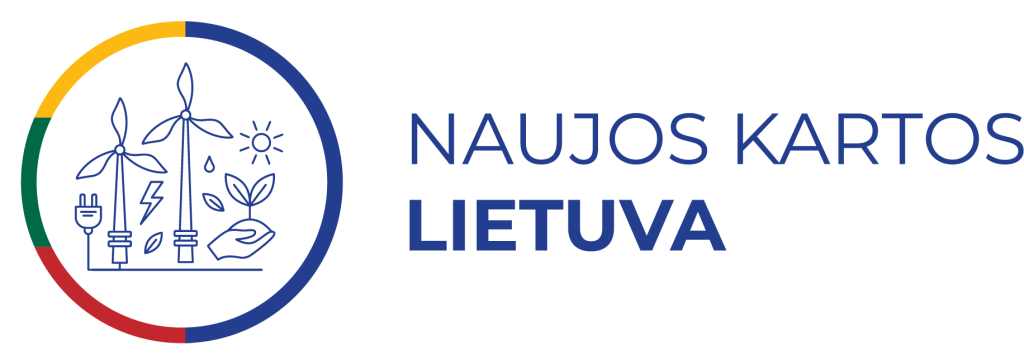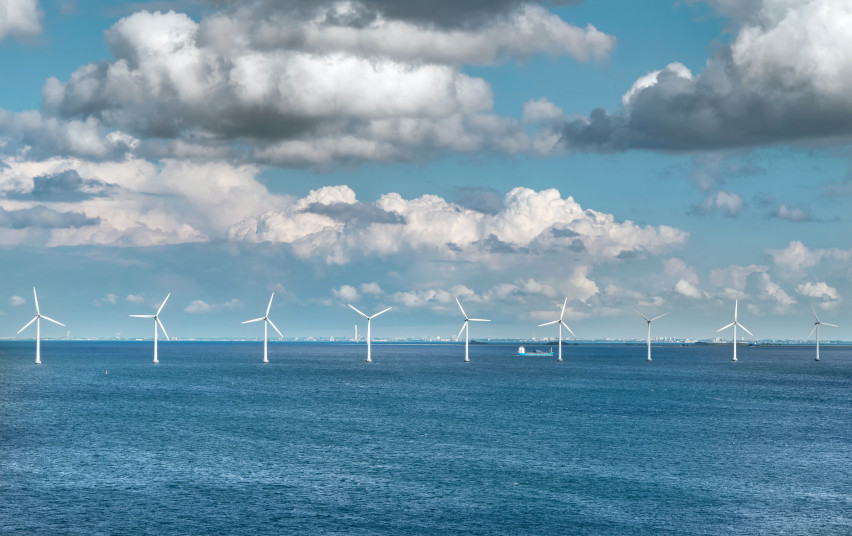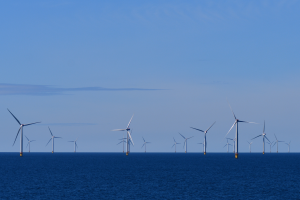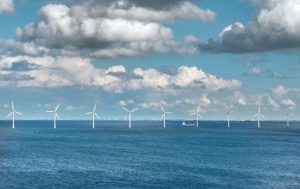On 15 January 2024, a tender will be launched for the right to develop a second 700 MW offshore wind farm. Here are answers to the most frequently asked questions from market participants.
Are there any restrictions on when the winning bidders can perform direct or indirect transfers of the project to other entities (divestments)?
According to the Law on Renewable Energy Sources, a person or legal entity who has received a permit for development and operation does not have the right to authorize other persons to engage in the activities specified in this permit or to transfer these rights to them under a contract or on other grounds. Thus, nor the right to use the maritime area, neither the permit for development and operation can be transferred to any other legal or natural person.
However, it should be noted that the shares of the winning company may be sold or transferred to other persons (i) after the winner of the tender is announced if the winning company is the solo player, (ii) after the joint company is established and registered with the Legal Entities Register in case several companies participated in the tender based on the joint venture agreement or other similar legal base).
Please also be aware that some additional procedures are planned in the future for such cases when at least the qualified stake of the winning company shares is transferred – it is planned that the National Energy Regulatory Council would have to be informed and would execute verification of a new qualified shareholder including verification on the correspondence to national security requirements.
Is the strike price / transaction price awarded a nominal or inflation linked price?
The awarded strike price will be not linked to inflation, i. e. the price is nominal and is awarded for the entire promotion period of 15 years. It is worth to mention that strike price may not exceed the maximum price set by the National Energy Regulatory Council (107,18 Eur/MWh) and should be higher than the lowest price limit (64,31 Eur/MWh) . Maximum price and price lowest limit were approved on the 13th of July 2023.
Is it the winner of the bid required to pay for both the development and construction of the onshore transmission system required for the injection of power into the grid albeit the TSO is responsible for the construction of it?
According to the Law on Renewable Energy Sources , the winner of the tender installs, operates, owns, and manages the infrastructure necessary to connect offshore wind power plants to electricity transmission networks, from these power plants to the connection point specified by the electricity network operator (Link to preliminary connection conditions). The winner of the tender, in accordance with the procedure established by the transmission system operator (TSO), covers the costs incurred by the TSO for the development of the onshore transformer substation, which is necessary to connect these power plants. Therefore, we confirm that if the winning bidder offers a development fee, the winner will also have to cover the costs of offshore wind power plant connection infrastructure (offshore and onshore, also owned by the winner and by TSO). It is worth to note that the transmission system operator has indicated the need for necessary infrastructure development in the preliminary connection conditions (link provided above in this text). This development may be performed by the developer or by the grid operator according to the agreement, the developments will be transferred to the grid operator.
Is the 193 EURm approved subsidy by the EU, the maximum amount of support that can be granted to the project (i.e. the maximum incentive volume during the 15 years of the CfD)? Is the amount inflation linked? Given it’s a 2-sided CfD, is it correct to assume that the maximum support amount is the net support amount (i.e the net of top-up / payments to and from the Offshore wind farm company)?
The preliminary amount of support was calculated taking into account certain assumptions and market conditions. The amount of support depends on various variables and electricity price, therefore, the assumptions of the need for support amount depend on long-term electricity market price forecast. It is worth to note that the amount of support indicated in the European Commission’s decision is an estimate, i.e. preliminary and depending on the above-named circumstances may change, therefore, should not be understood as a maximum possible amount of support when submitting bids. In addition, it is worth to mention, that consultations with European Commission’s representatives showed that no procedural follow-up is needed.
What duration of assurance of fulfillment of obligations must be provided to AB Litgrid after the signing of the letter of intent?
According to Article 21¹, Part 1 of the Law on Electricity, the assurance of fulfillment of obligations provided by the Bidder must be valid for 30 calendar days longer than the letter of intent. In the letter of intent, the tenderer undertakes to prepare to connect his electrical devices to the power grid within a specified period, and the power grid operator to connect this person's electrical devices to the power grids controlled by him within a specified period.
For more questions and answers, see FAQ
Preparatory works for offshore wind farm development and related infrastructure No. 03-004-P-0001

